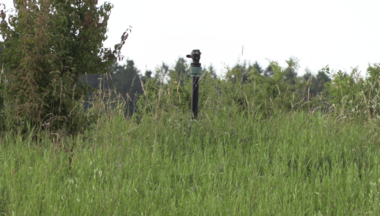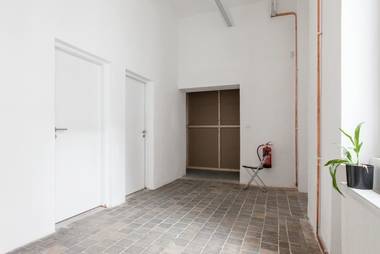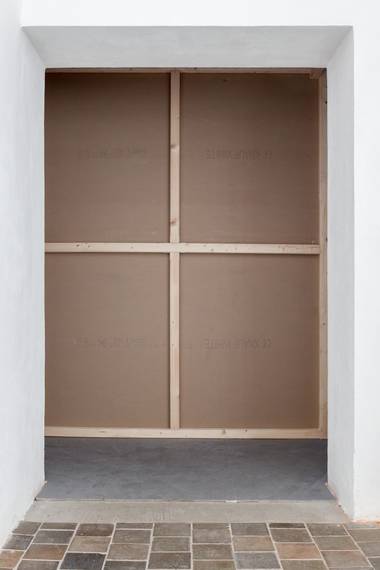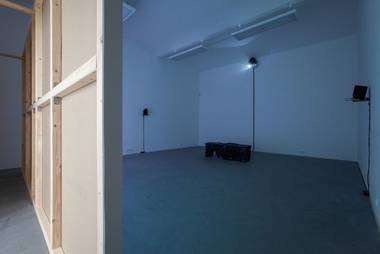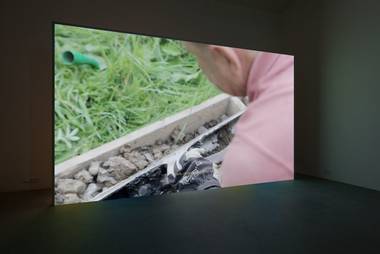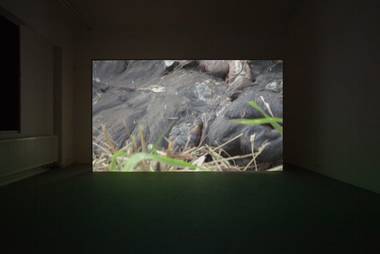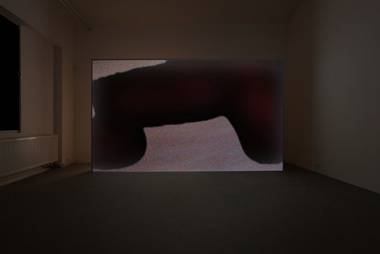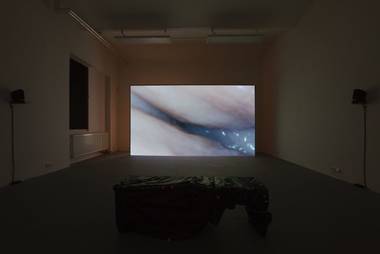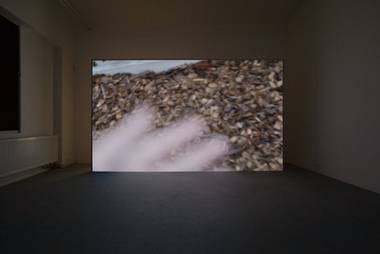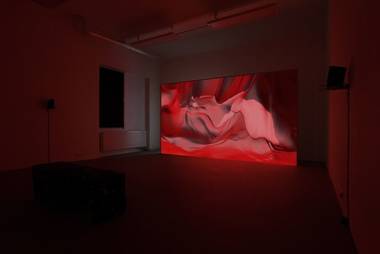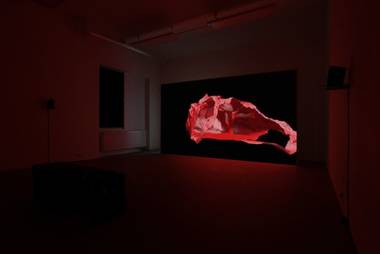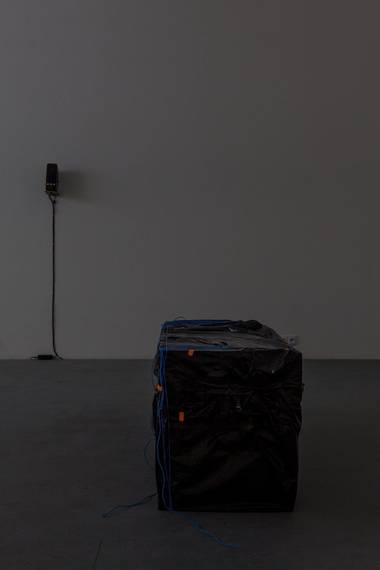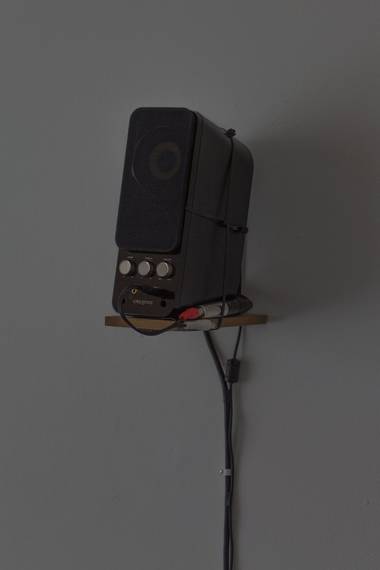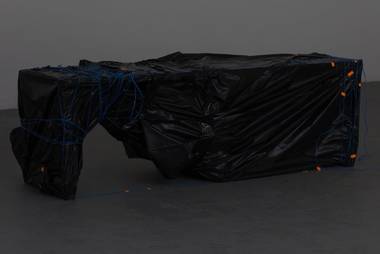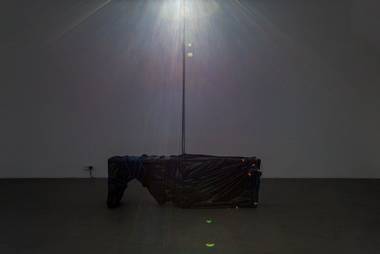Barbora Švehláková: Turning a Blind Eye
opening: 9. 9. 2019 from 6PM
10. 9. – 29. 9. 2019
curator: Gabriela Kotiková
GK: I am interested in your diploma thesis where you examined brain research in current neuroscience and the exploitation of this research for political and marketing purposes. Can you tell me something about this project?
BŠ: The project titled YOUARENOTYOU treated the thin line between the organization of the nervous system and the political-social organization which has become practically invisible. It is hard not to notice that the way the brain and our way of thinking is talked about reflects on the management of the neoliberal-capitalistic world that we live in. In this world, the term “plasticity” is often interchanged with the term “flexibility”, which has become modern in the area of economy and management. Courses on positive thinking, effective performance, memory improvement, bio-hacking or meditation help us achieve a certain social norm. But who determines this norm that we are inclined to perceive as the synonym for “health”? I was primarily interested, however, in finding out that if brain discoveries and politics are actually related, then whether it is possible that “neuro-pedagogy” can have the emancipatory potential during the creation and production of our “self”. Some of my previous works were also accompanied with an emphasis on health.
The outcome, in addition to other things, was a webpage that subversively worked with advertisement and means of manipulation.
I worked in a similar way as many specialized firms on the market. Although the outcome was some sort of a signpost in the form of a webpage, where it was possible to see other visual material created, I primarily utilized the scope of the artistic discursus as an opportunity to create an autonomous platform, where it would be possible to critically re-examine these marketing services of neuroscience and deconstruct their principles and use in a relatively free way. Besides, the title of the thesis YOUARENOTYOU refers to the deconstruction of subjectivity in a way that it is presented to us. We are never ourselves and the only way to work with that is by actively including exterior conditions to the construction of our “self”.
In the exhibition at the Gallery Jelení you examine the hiding of today’s world’s burning problems and sliding them under the boundary of our cognition. You chose to use the example of the omnipresent production of garbage, which you put into context with a certain physicality and the image of our body from the inside. Can you tell us something more about this exhibition and explain what other connotations you feel in this connection?
I think that in the video this relationship has more than one level. One of the levels is the way garbage is being disposed of which, in spite of the vacuation and re-cultivation of landfills, produces a serious ecological burden for the environment and subsequently has impact on the human health. At the same time, however, my project is based on a specific place found on the land register of the town Horní Lideč where there is a landfill and, according to long-term residents, it has ghosts. This is linked to a story that allegedly happened sometime in the first half of the 20th century when a local woman buried her dead newborn there. I was captivated by the connection of the untraditional terrain, which originated thanks to the landfill found underneath and the presence of something phantomatic that connects the female body with nature. This connection has even deeper roots in this region. As a matter of fact, we followed up on this idea with a local folk group with an original reaping song that women used to traditionally sing when cultivating the fields. The endoscopic camera, commonly used in medicine to monitor the human body on the inside, serves as the means to rationalize and subsequently re-interpret something hidden.
Gabriela Kotiková and Barbora Švehláková
transl: Vanda Krutsky
The program of the Jeleni Gallery is possible through kind support of Ministry of Culture of the Czech Republic, Prague City Council, State Fund of Culture of the Czech Republic, City District Prague 7
Partners: Kostka stav
Media support: ArtMap, jlbjlt.net, UMA: You Make Art
